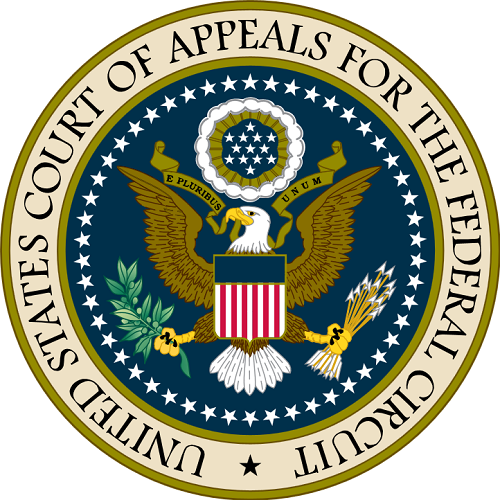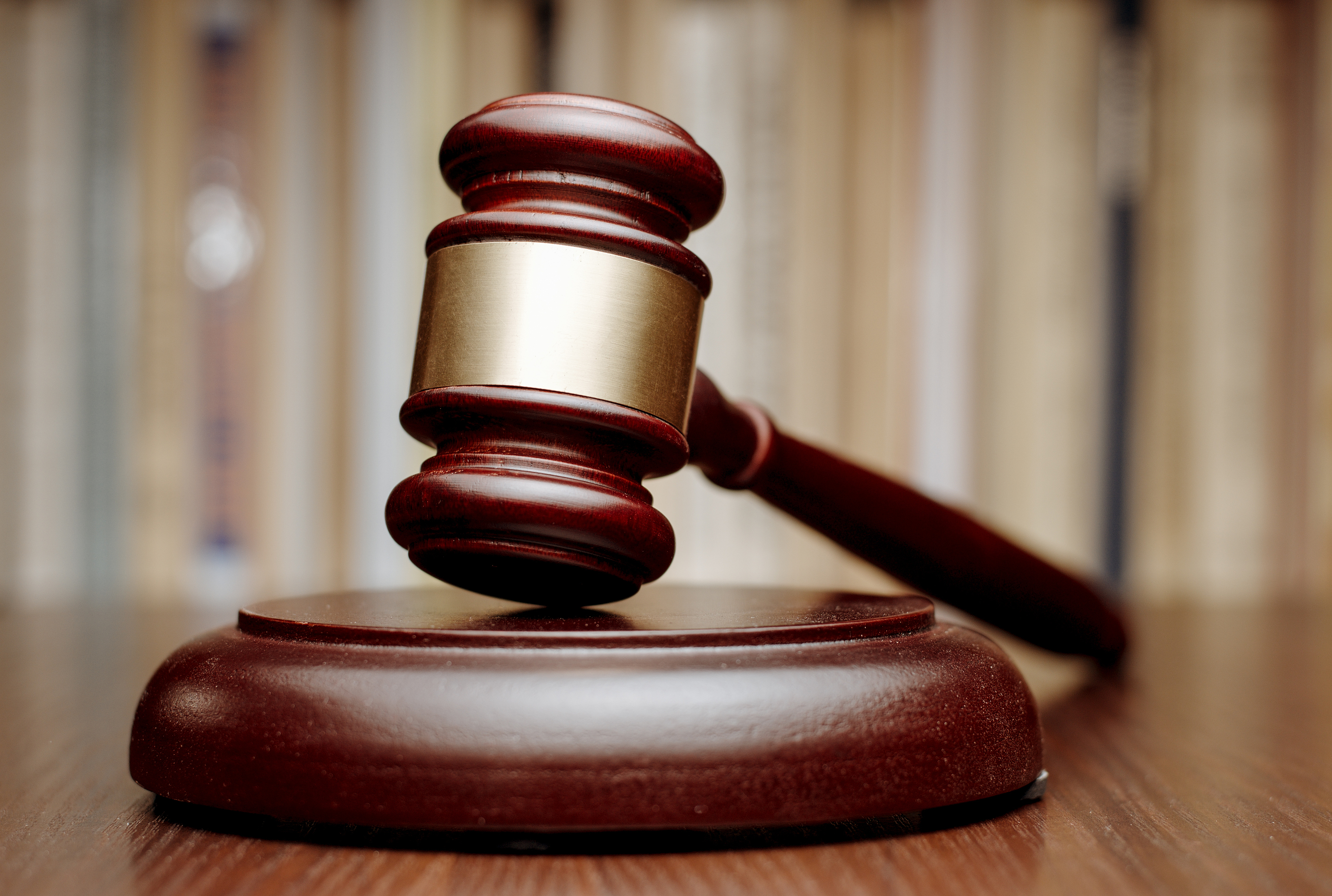Berkheimer v. HP Inc.
On February 8, 2018, the Federal Circuit issued a decision, which addressed issues related to patent eligibility under 35 U.S.C. § 101. See Berkheimer v. HP Inc., 881 F.3d 1360 (Fed. Cir. 2018).
Mr. Berkheimer owns U.S. Patent No. 7,447,713, which “relates to digitally processing and archiving files in a digital asset management system”. Id. at 1362. Among other things, Mr. Berkheimer appealed the district court’s summary judgment decision that found various claims of the ‘713 patent as ineligible under 35 U.S.C. § 101. Id.
The Federal Circuit performed the two step § 101 analysis of the claims:
Turning to the merits of the § 101 inquiry, anyone who “invents or discovers any new and useful process, machine, manufacture, or composition of matter, or any new and useful improvement thereof” may obtain a patent. Because patent protection does not extend to claims that monopolize the “building blocks of human ingenuity,” claims directed to laws of nature, natural phenomena, and abstract ideas are not patent eligible. The Supreme Court instructs courts to distinguish between claims that claim patent ineligible subject matter and those that “integrate the building blocks into something more.” “First, we determine whether the claims at issue are directed to” a patent-ineligible concept. If so, “we consider the elements of each claim both individually and ‘as an ordered combination’ to determine whether the additional elements ‘transform the nature of the claim’ into a patent-eligible application.”
Id. at 1366 (internal citations omitted).
In applying the first step, the Federal Circuit held “that claims 1–3 and 9 are directed to the abstract idea of parsing and comparing data; claim 4 is directed to the abstract idea of parsing, comparing, and storing data; and claims 5–7 are directed to the abstract idea of parsing, comparing, storing, and editing data”. Id.
In applying the second step, the Federal Circuit held that claims 1-3 and 9 are patent ineligible as they fail to include an inventive concept significantly more than the abstract idea. Id. at 1370. The Federal Circuit, however, determined that “[c]laims 4–7, in contrast, contain limitations directed to the arguably unconventional inventive concept described in the specification.” Id.
With respect to the second step, the Federal Circuit stated: “The second step of the Alice test is satisfied when the claim limitations involve more than performance of well-understood, routine, [and] conventional activities previously known to the industry.” Id. at 1367 (internal citations omitted).
In determining that claims 4-7 “contain limitations directed to the arguably unconventional inventive concept described in the specification”, the Federal Circuit concluded that “summary judgment is improper because whether the claimed invention is well-understood, routine, and conventional is an underlying fact question for which HP offered no evidence”. Id. at 1368.
The Federal Circuit explained:
While patent eligibility is ultimately a question of law, the district court erred in concluding there are no underlying factual questions to the § 101 inquiry. Whether something is well-understood, routine, and conventional to a skilled artisan at the time of the patent is a factual determination. Whether a particular technology is well-understood, routine, and conventional goes beyond what was simply known in the prior art. The mere fact that something is disclosed in a piece of prior art, for example, does not mean it was well-understood, routine, and conventional.
Id. at 1369 (internal citations omitted).
The Court also explained:
The specification describes an inventive feature that stores parsed data in a purportedly unconventional manner. This eliminates redundancies, improves system efficiency, reduces storage requirements, and enables a single edit to a stored object to propagate throughout all documents linked to that object. The improvements in the specification, to the extent they are captured in the claims, create a factual dispute regarding whether the invention describes well-understood, routine, and conventional activities, so we must analyze the asserted claims and determine whether they capture these improvements.
Id. at 1369 (internal citations omitted).
Because there is a “factual dispute regarding whether [claims 4-7] describe well-understood, routine, and conventional activities”, the Federal Circuit vacated the summary judgment that found claims 4-7 as patent ineligible. Id.
Suiter Swantz IP is a full-service intellectual property law firm, based in Omaha, NE, serving all of Nebraska, Iowa, and South Dakota. If you have any intellectual property questions or need assistance with any patent, trademark, or copyright matters and would like to speak with one of our patent attorneys please contact us.
Federal Circuit issues decision in Corning v. Fast Felt
On October 11, 2017, the Federal Circuit issued a decision, which addressed issues related to obviousness. See Corning v. Fast Felt Corp., No. 2016-2613, 2017 WL 4532001 (Fed. Cir. Oct. 11, 2017).
Fast Felt owns U.S. Patent No. 8,137,757, “which describes and claims methods for printing nail tabs or reinforcement strips on roofing or building cover material”. Id. at *1. After being sued by Fast Felt, Corning petitioned for an inter partes review (IPR) of Fast Felt’s patent. Id. The Patent Trial and Appeal Board (PTAB) instituted the IPR on the grounds that challenged claims were obvious. Id. The PTAB concluded that none of the challenged claims were obvious. Id. Corning appealed to the Federal Circuit, and the Federal Circuit reversed the PTAB’s decision, finding that the challenged claims were obvious. Id.
First, the Court determined that the PTAB erred in its claim construction under the broadest reasonable interpretation. The challenged claims include the term “roofing or building cover material.” Id. at *2. The Court stated that it would not be “reasonable to read the claims as limited to materials that either have been or are to be coated or saturated with asphalt or asphalt mix” because the claims are plainly not limited as such. Id. at *3-4.
Second, the Court analyzed the issue of obviousness under an appropriate claim construction. The Court stated that there was no dispute that “the prior-art combinations at issue disclose all of the elements of the claims”. Id. at *4. The Court analyzed “whether a relevant skilled artisan would have been led to make the combinations with a reasonable expectation of success.” Id. Because the claim construction of the term “roofing or building cover material” is not limited “to materials that either have been or are to be coated or saturated with asphalt or asphalt mix”, the Court held that Fast Felt failed to prevent substantial evidence that “a skilled artisan would [not have been] motivated to combine the prior-art references to print nail tabs on building cover materials that are not (already or to be) asphalt coated or saturated”. Id. at *5. Therefore, the Court determined that challenged claims of Fast Felt were invalid as being obvious.
Suiter Swantz IP is a full-service intellectual property law firm, based in Omaha, NE, serving all of Nebraska, Iowa and South Dakota. If you have any intellectual property questions or need assistance with any patent, trademark, or copyright matters and would like to speak to one of our patent attorneys please contact us.


